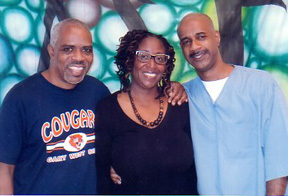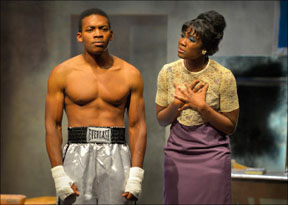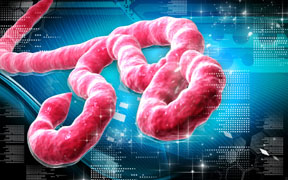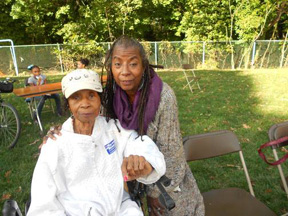 Despite the beast’s demise, the memories of the ten years I spent inside its belly has not been easy to erase. This July, I watched its demise in awe as a demolition crew razed the beast - - the Maryland House of Correction - - with a two-ton wrecking ball and the iron jaws of a back hoe. The notorious maximum security prison, infamous for hosting overwhelming violence and unabated corruption, now laid in a state of repose, a vast pile of twisted steel and crushed red brick - - rubble.
Despite the beast’s demise, the memories of the ten years I spent inside its belly has not been easy to erase. This July, I watched its demise in awe as a demolition crew razed the beast - - the Maryland House of Correction - - with a two-ton wrecking ball and the iron jaws of a back hoe. The notorious maximum security prison, infamous for hosting overwhelming violence and unabated corruption, now laid in a state of repose, a vast pile of twisted steel and crushed red brick - - rubble.The beast, also known as The Cut, was built in 1879. In 2006, The Cut hosted the attack of five officers, countless assaults on my fellow inmates, and three inmate deaths. Governor Martin O’Malley ordered the beast closed in 2007 after a year of more violence and the death of a correctional officer, David McQuinn.
Before O’Malley’s order in 2007, the Maryland State police raided the prison amid allegations of prostitution, drug dealing, and pornography distribution - - all which later proved to be true. Police confiscated officer’s computers and led some out in handcuffs, which was an ironic sight for prisoners to witness. Officials even sent some inmates deemed too violent and influential to other prisons - - out of state.
Previous actions to improve the beast proved too cosmetic. While the New Millennium ushered in fears of Y2K, The Cut had two new policies that sent the institution into an old school uproar: all tobacco products including cigarettes and street clothes that the institution had not issued were no longer allowed.
The inmates protested with a work stoppage. Correction officers were forced to serve inmates their food in their cells, while inmates from boot camp were brought in to sweep and mop.
Five days into the protest, the administration served scrambled eggs with cheese, turkey bacon, and orange juice. Then, they urged everyone to return to work. The inmates complied.
With all of its earned demerits, the death of Officer McQuinn sealed The Cuts’ fate. The infamous maximum security prison was stripped into a training center for correction officers, the backdrop of a Hollywood movie, and tours for the curious.
The Maryland House of Correction was, however, a dichotomy likened to Dr. Jekyll and Mr. Hyde. On the other hand, the beast was also the home of numerous self-help programs. One of my favorites was the Family Literacy program. In the program, men were afforded the opportunity to read to their children, nieces, and nephews. With the children, we played educational games and munched on muffins and drank juice.
By far, the most popular event was Family Day, held twice a year. Once during the summer and then during the Christmas season, we decorated the gym with colorful streamers, banners, and hundreds of balloons. It was the only time of the year that officials allowed inmates to spend four hours with their families - -which allowed us to temporarily forget our incarceration.
I formed a Christian drama group that performed skits at all the religious services. I have fond memories of the many programs that attracted volunteers from a broad range of backgrounds, many with whom I had the chance to rub elbows. I had the pleasure of speaking with Maryland state delegates, authors, poets, activist, and news personalities.
Despite the beast hosting some golden memories, The Maryland House of Correction’s time of reign came to a well-deserved end in 2014. One can look back and call the The Cut by any name, but the demons it housed linger. However, I am glad that we can now call the building The House of Rubble.





 The leading take-a-away I got from sacrificing my time to watch the DC Mayoral Debates Live from Historic Anacostia was that
The leading take-a-away I got from sacrificing my time to watch the DC Mayoral Debates Live from Historic Anacostia was that 







